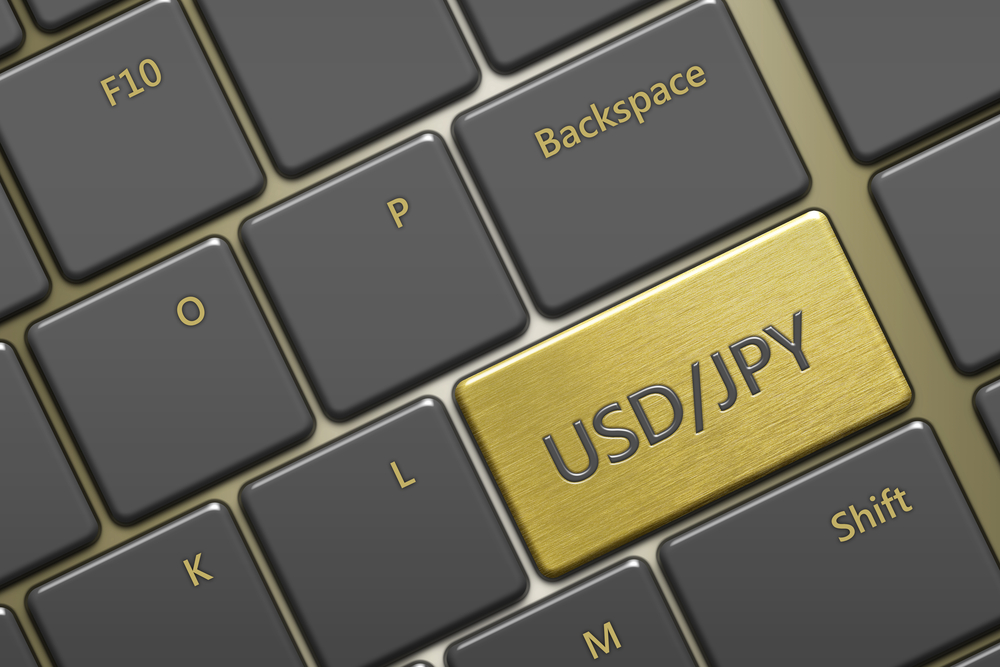BOJ
On this page, you will read about everything you need to know about the Bank of Japan (BOJ) including its latest monetary policy decisions and market-moving speeches.
The Bank of Japan (BOJ) is the monetary authority in charge of the money supply in Japan. It was founded in October 1882 after the Meiji Restoration. Prior to its establishment, fiefs were transacted in different currencies called hansatsu.
The establishment of the BOJ paved the way for a single currency, the Japanese yen, to be used throughout the empire.
The BOJ’s Mandate
Aside from implementing monetary policy by controlling the money supply in the economy, the central bank is tasked to issue and manage banknotes, provide settlement services to aid in the stability of Japan’s financial system, engage in securities-related operations, compile economic data, and conduct research. In theory, the BOJ is supposed to be independent of the government. However, the central bank is infamously known to be easily influenced by politics. Oftentimes, the BOJ adopts policies that coincide with those of the government. For instance, central bankers intervene in the foreign exchange markets when the Japanese yen gets too strong (USDJPY touches or falls below 100.00). This is because a strong yen makes exports less competitive. Thus, the BOJ interferes by selling the yen in order to help economic growth.
A Dovish Central Bank
The central bank is known as one of the most dovish central banks in the world. It often implements aggressive easing measures. For instance, Japan has imposed negative interest rates while launching a quantitative easing program. This is because the Japanese economy has been stuck in a decades-long deflation.
Who Heads the BOJ?
Since 2013, the central bank has been headed by Haruhiko Kuroda. The former head of the Asian Development Bank, he was personally appointed by Prime Minister Shinzo Abe. Under his tenure, the central bank has continued to implement loose monetary policy in line with Abenomics. He has two deputy governors and six executive directors working with him as the bank’s Policy Board. They hold 2-day monetary policy meetings eight times a year.




